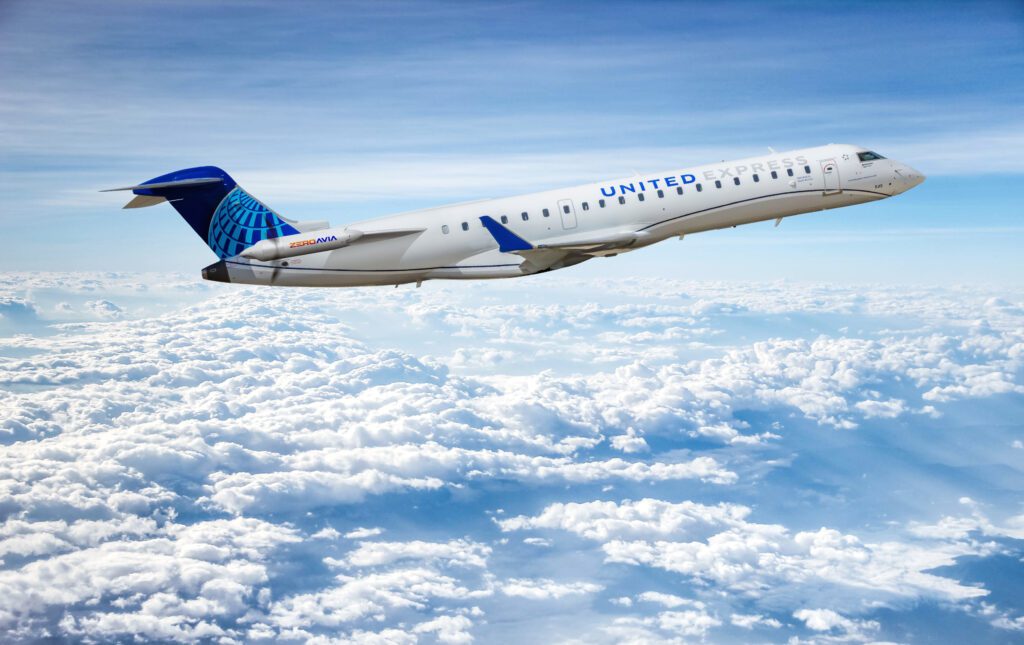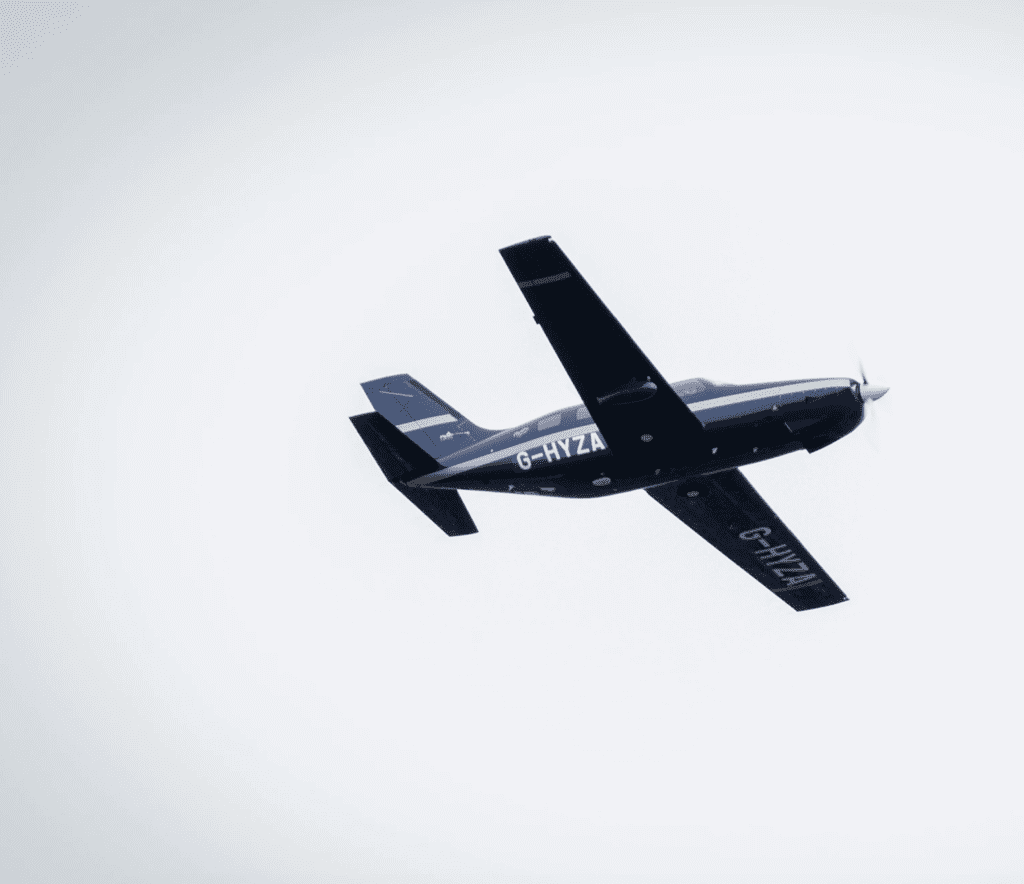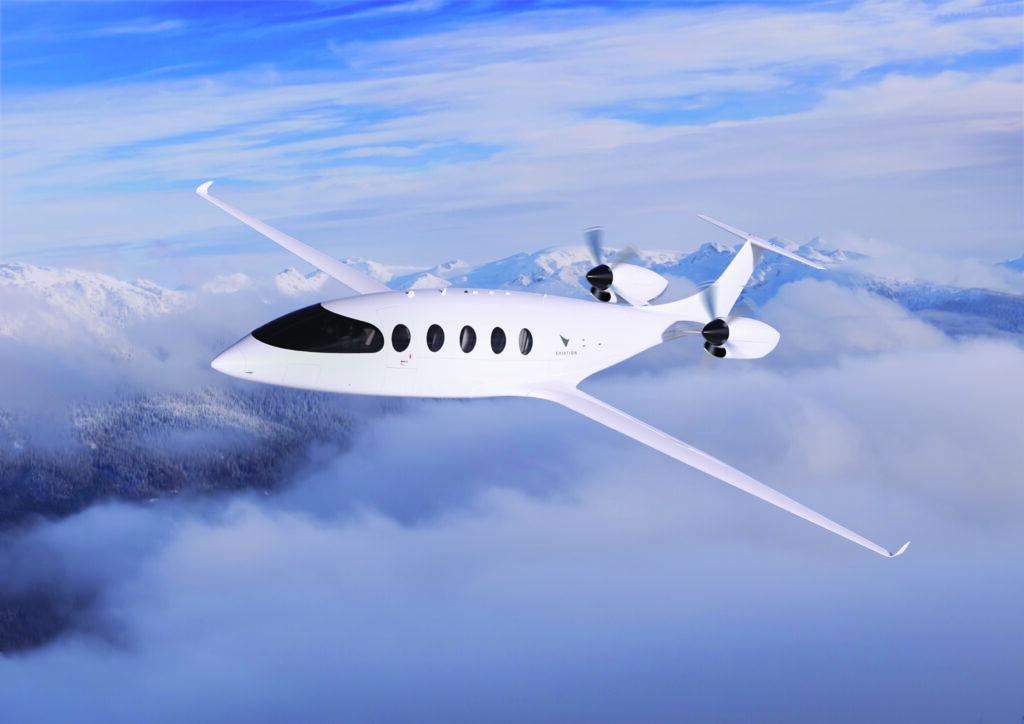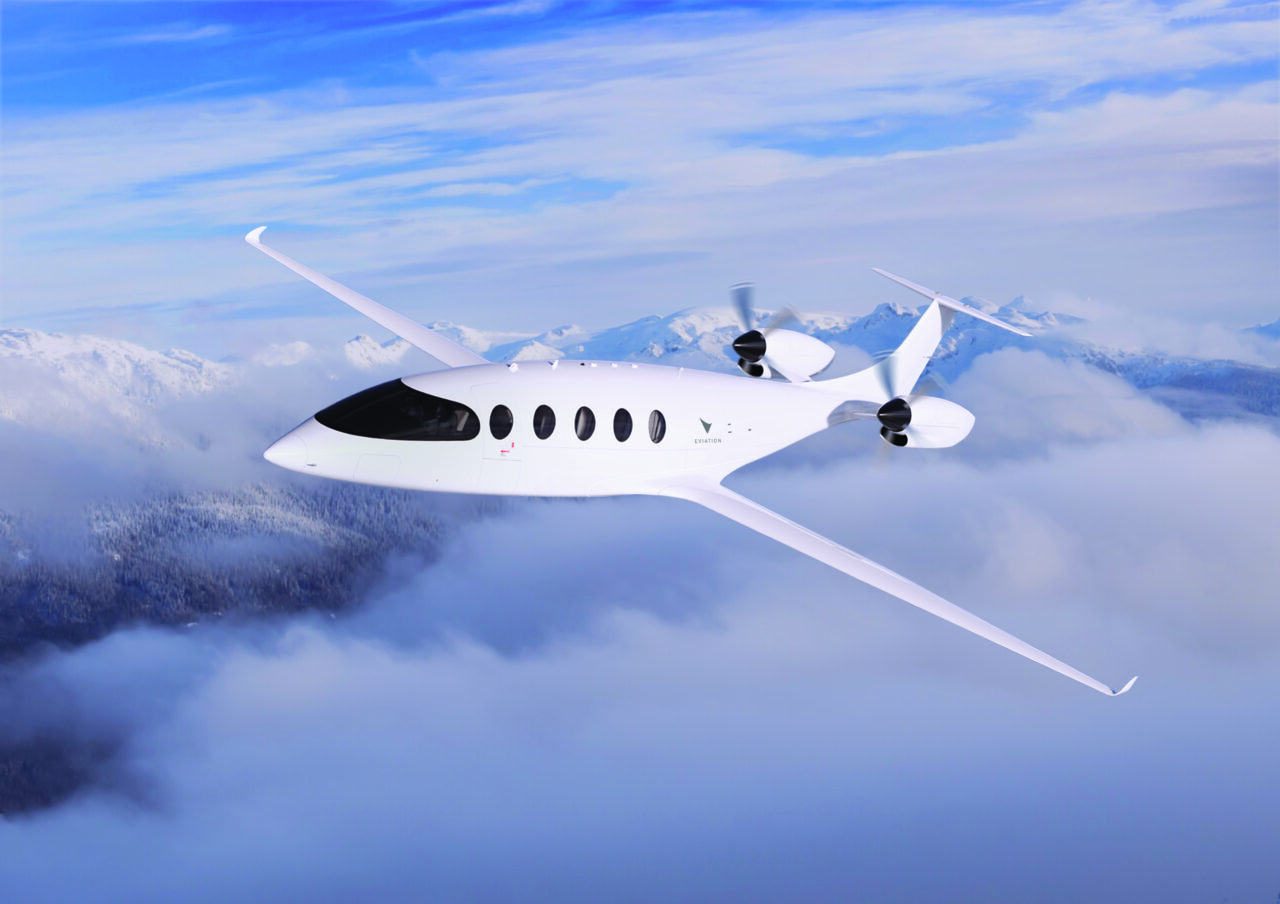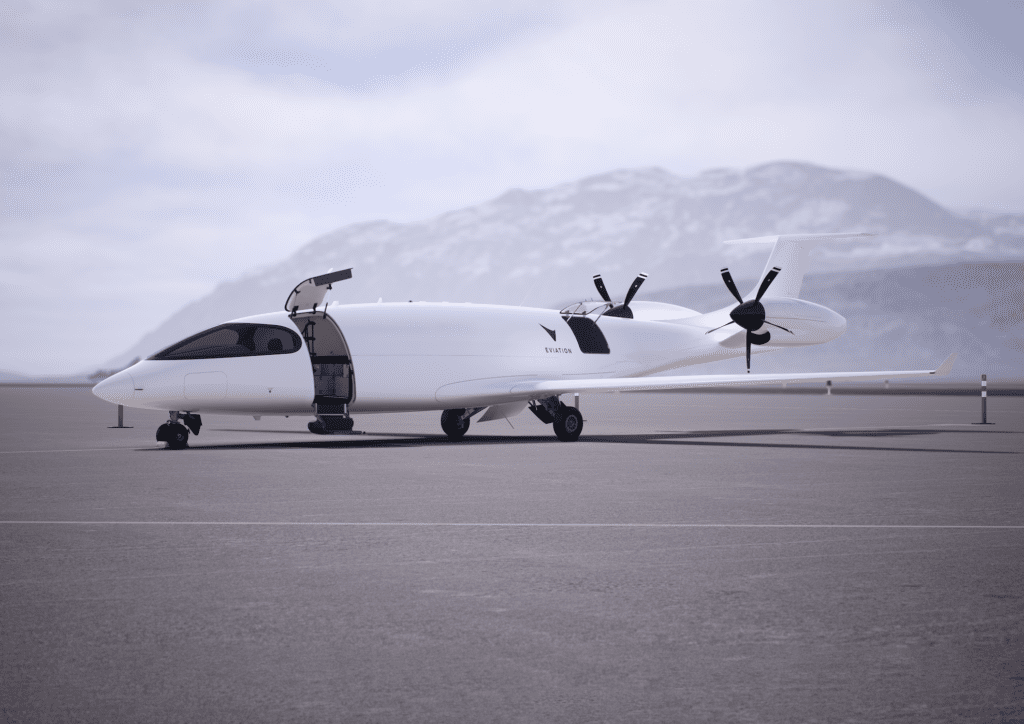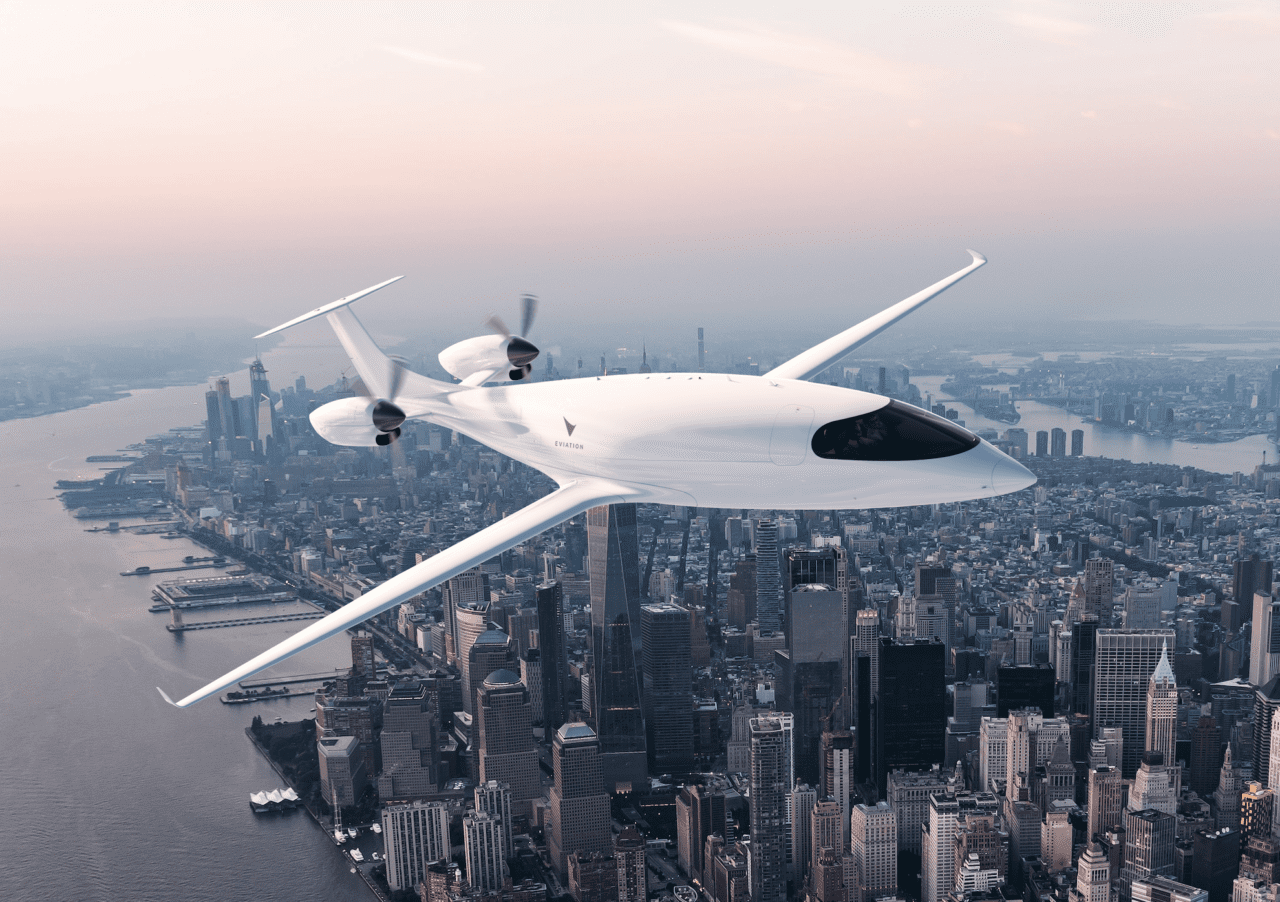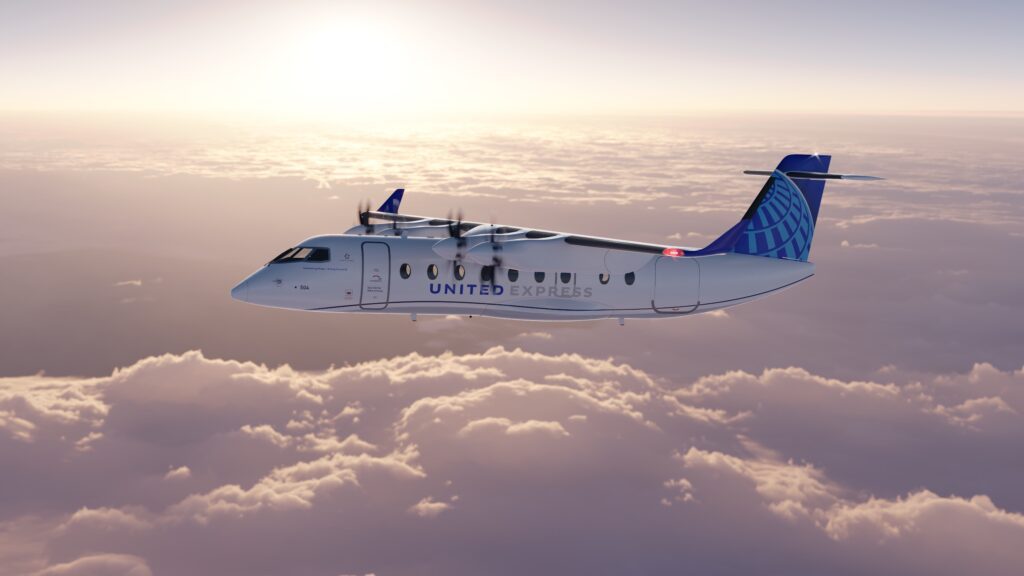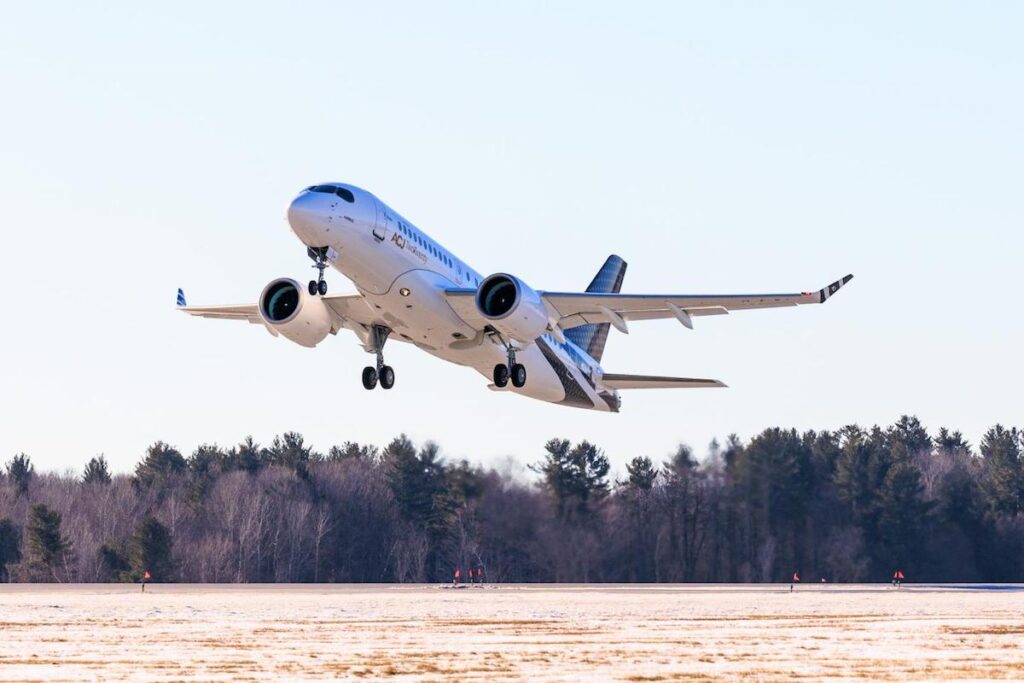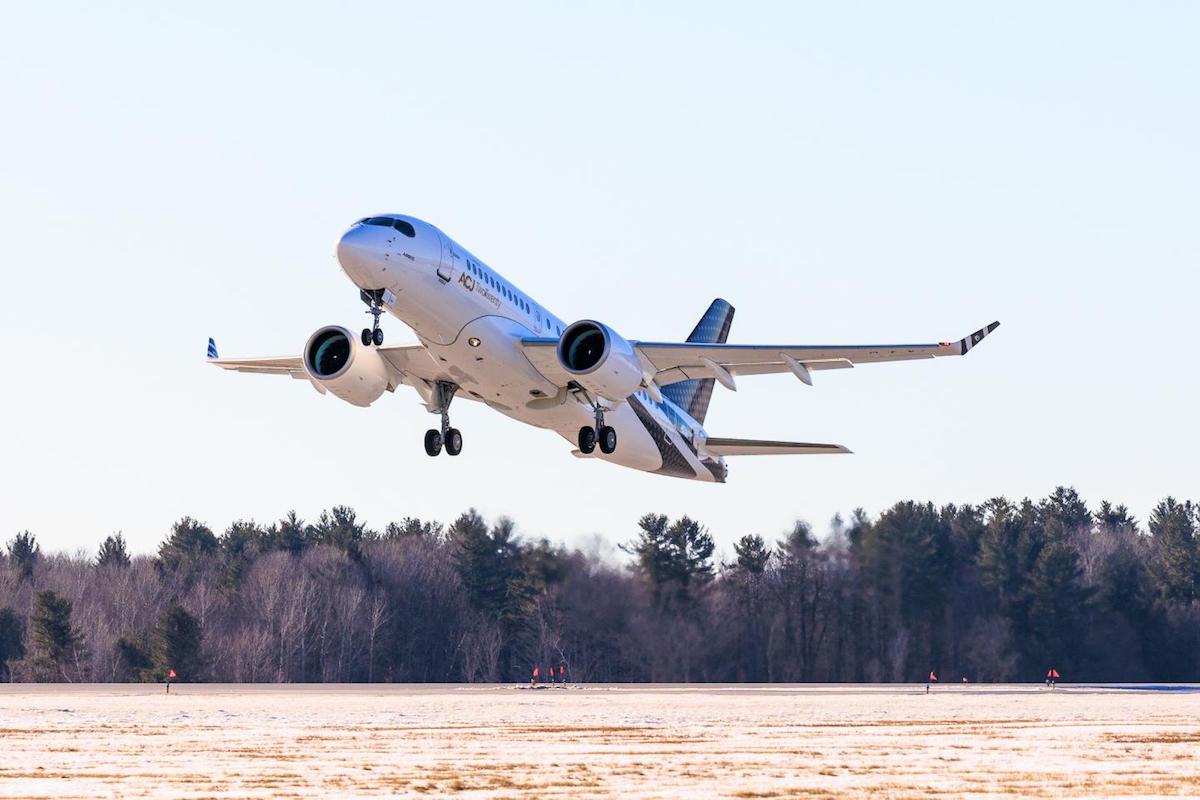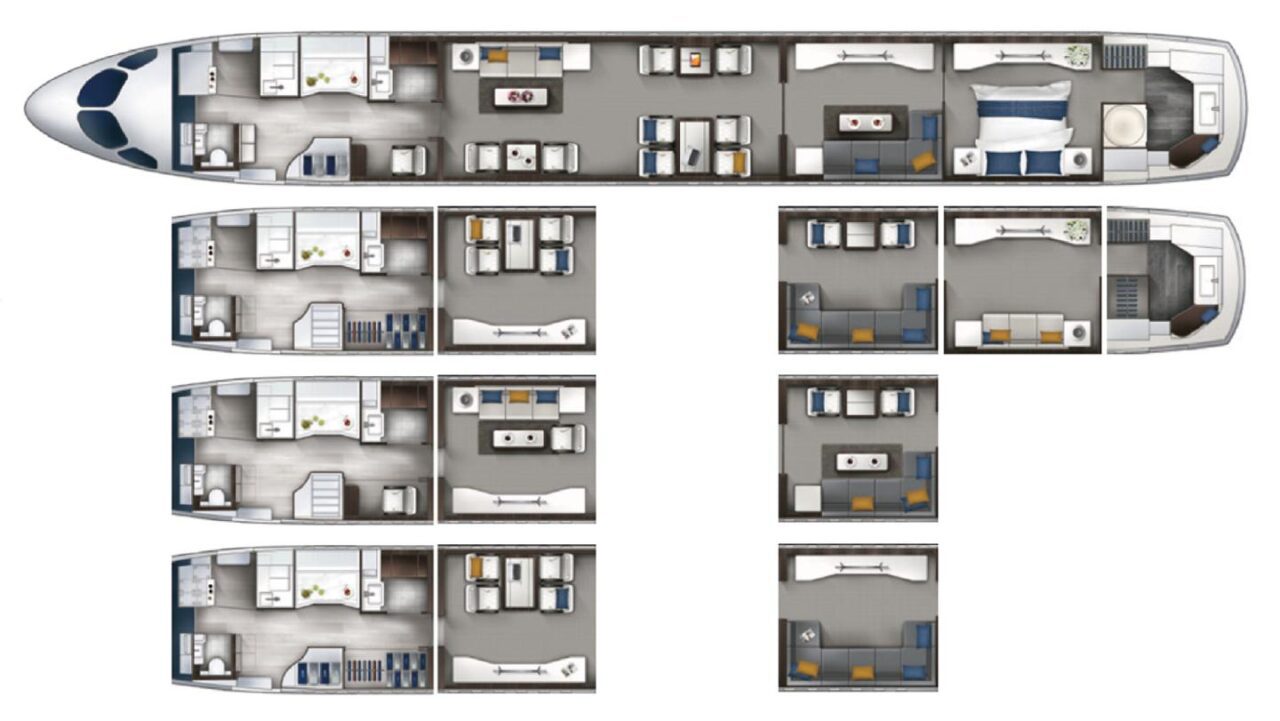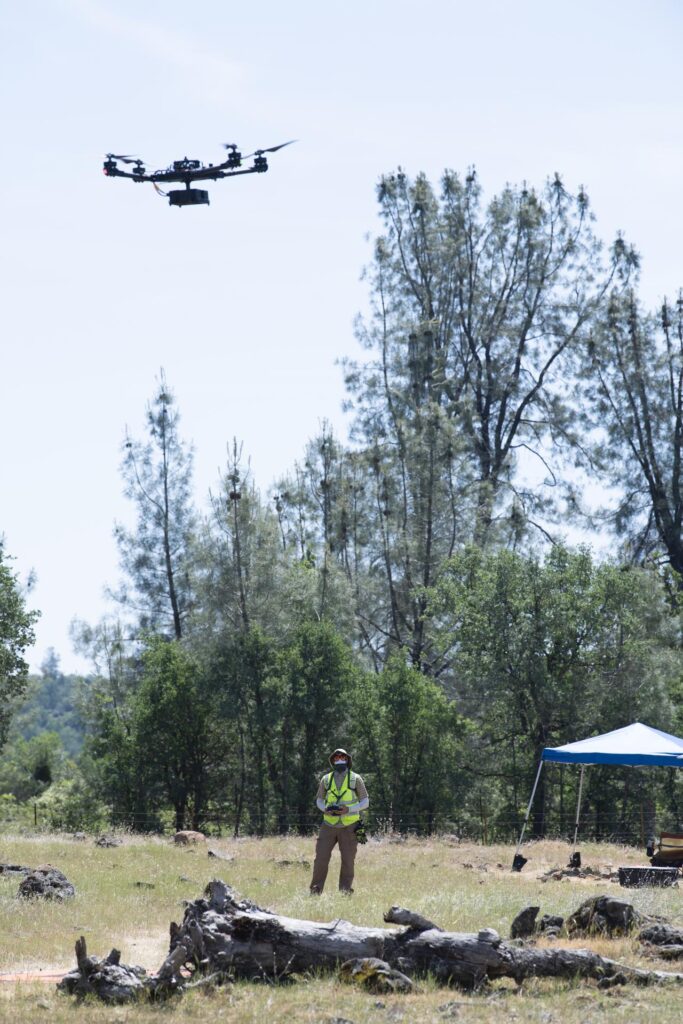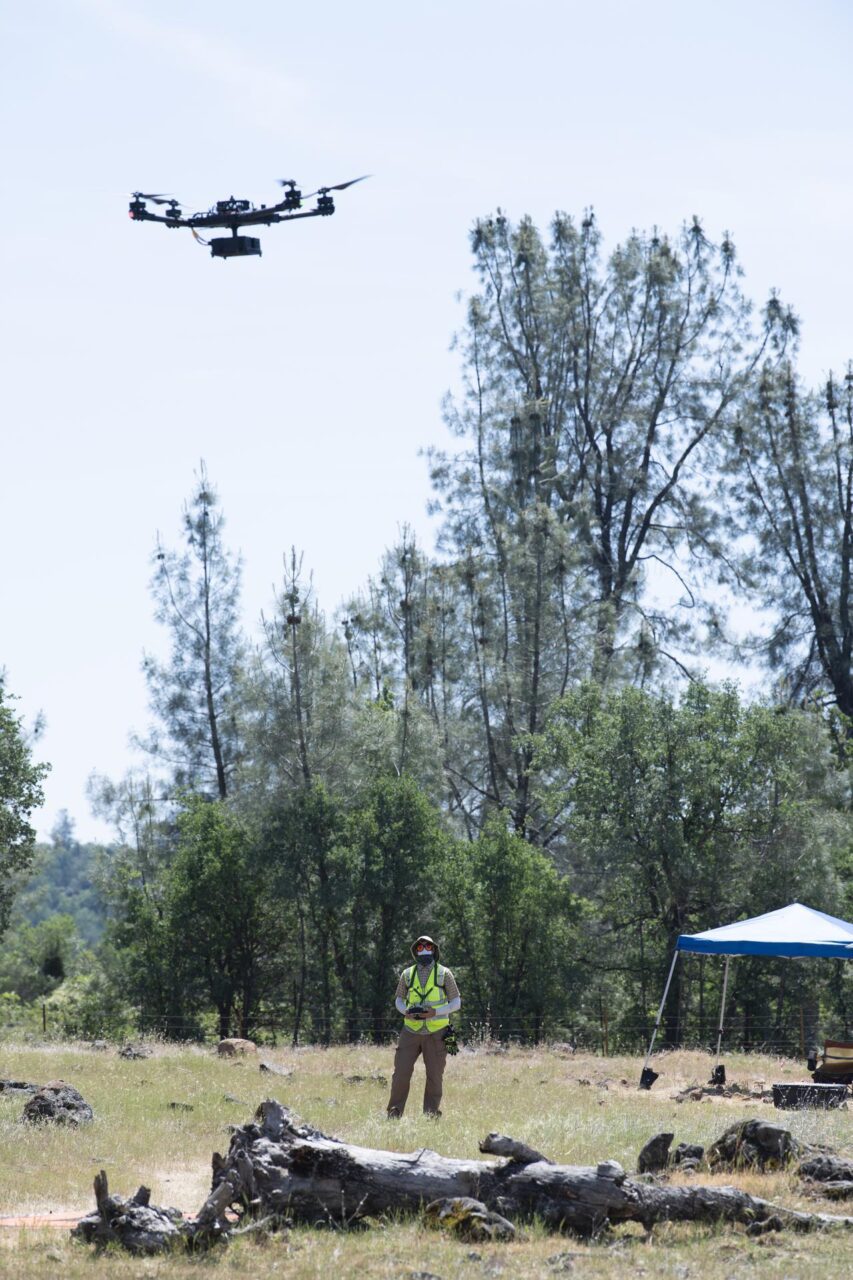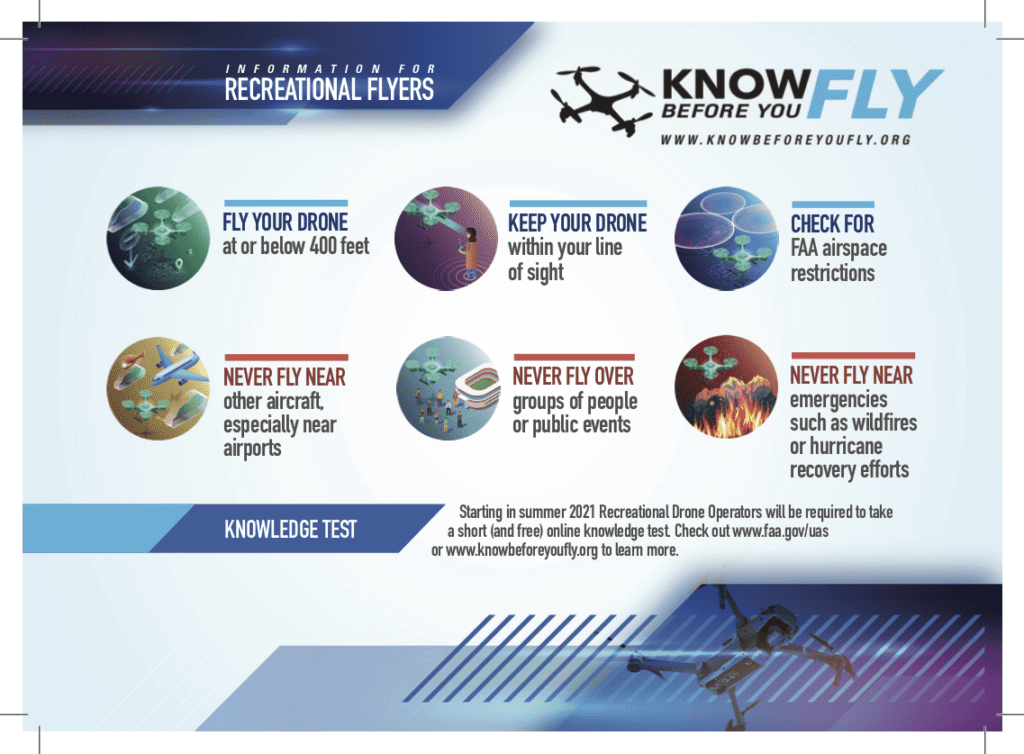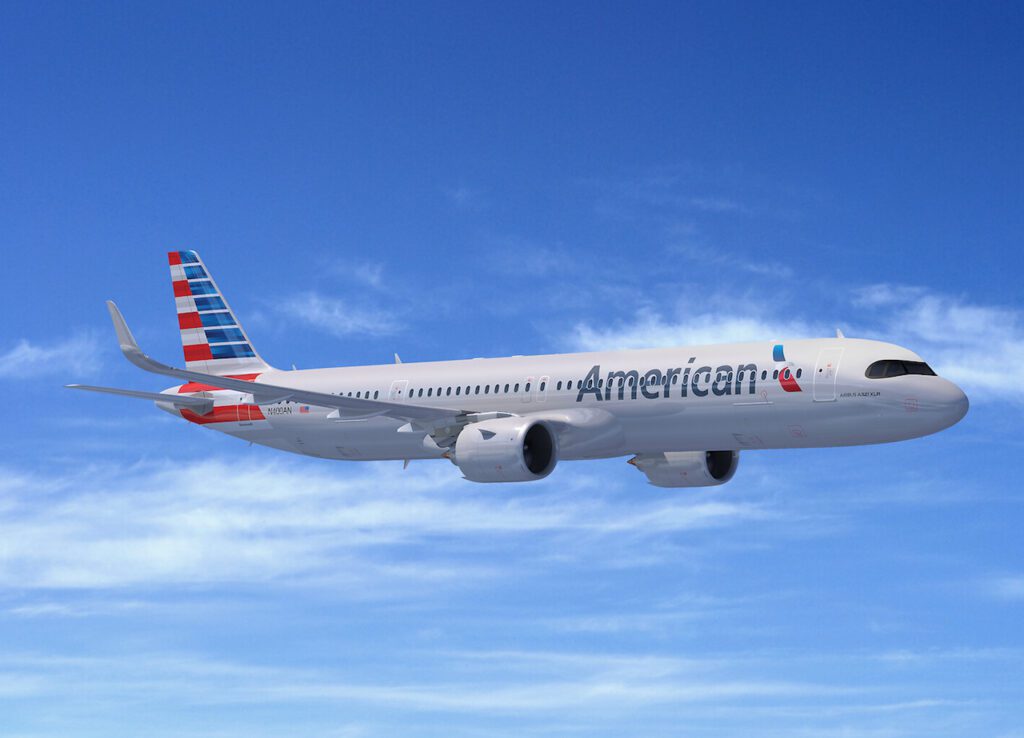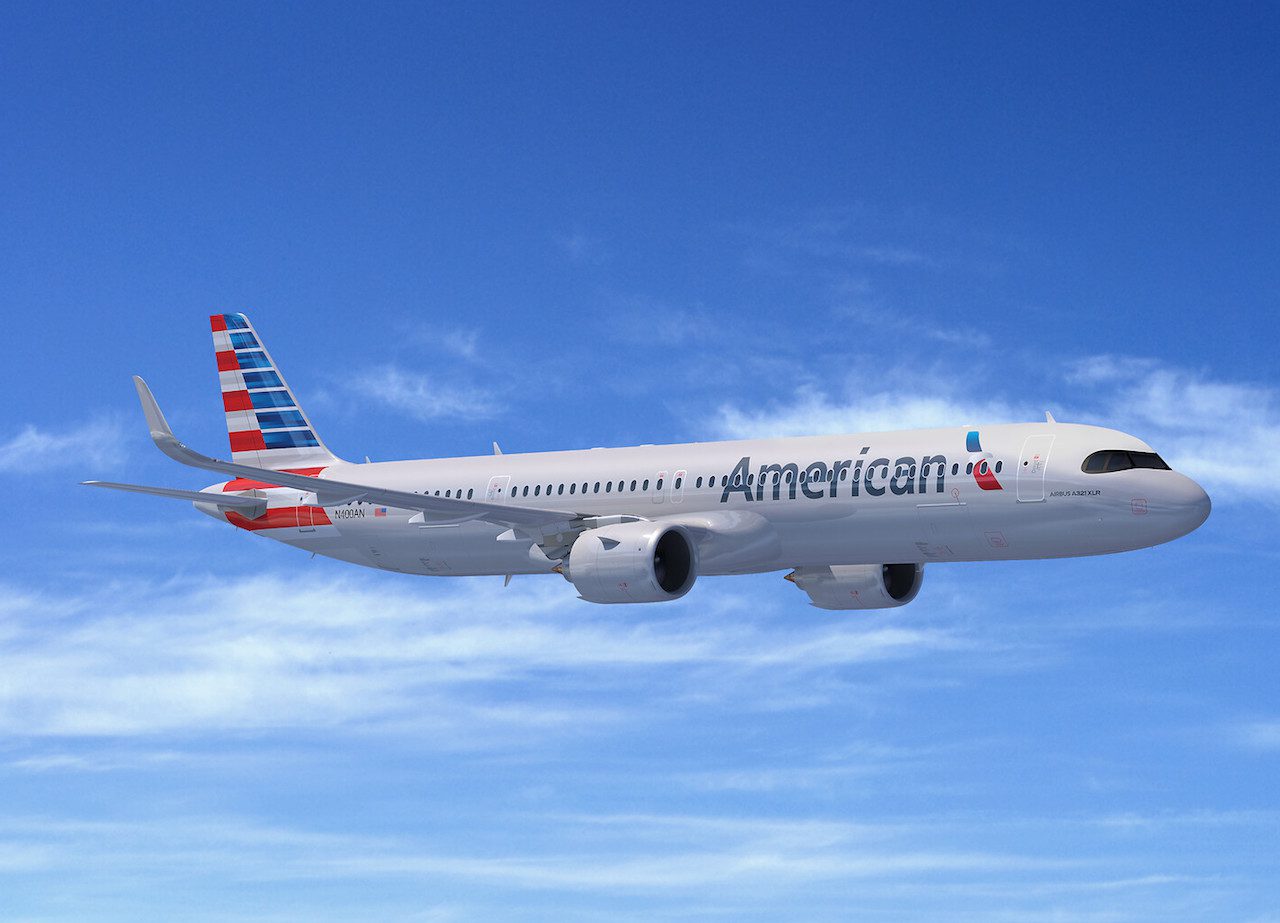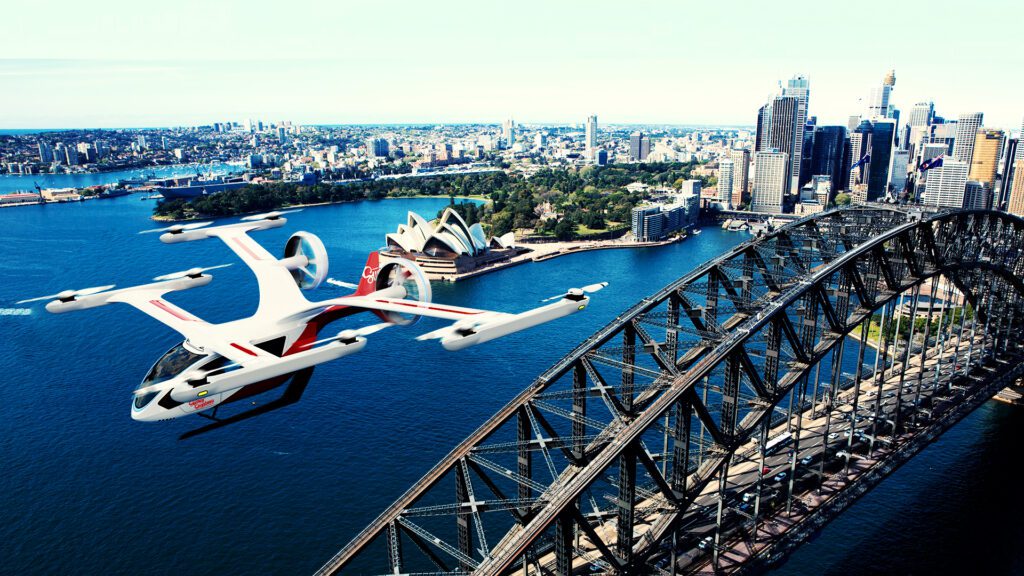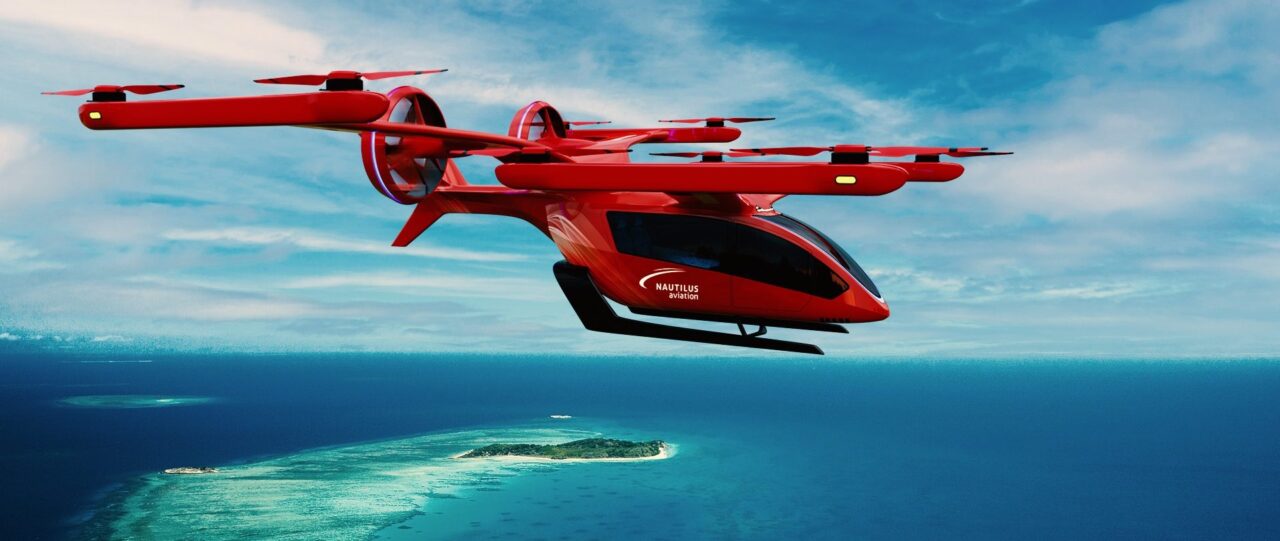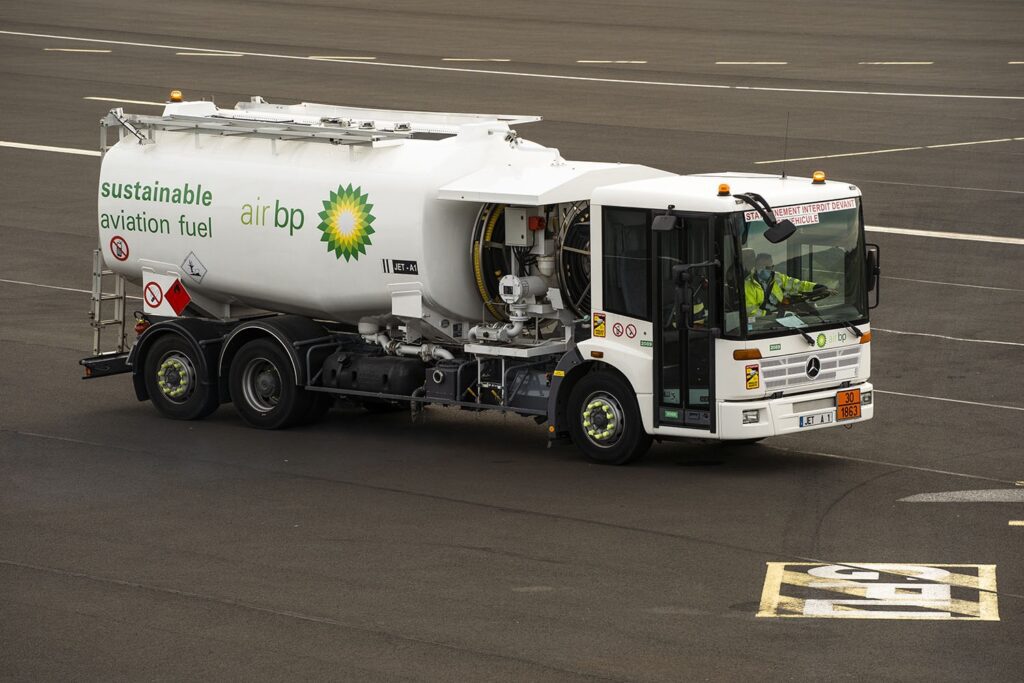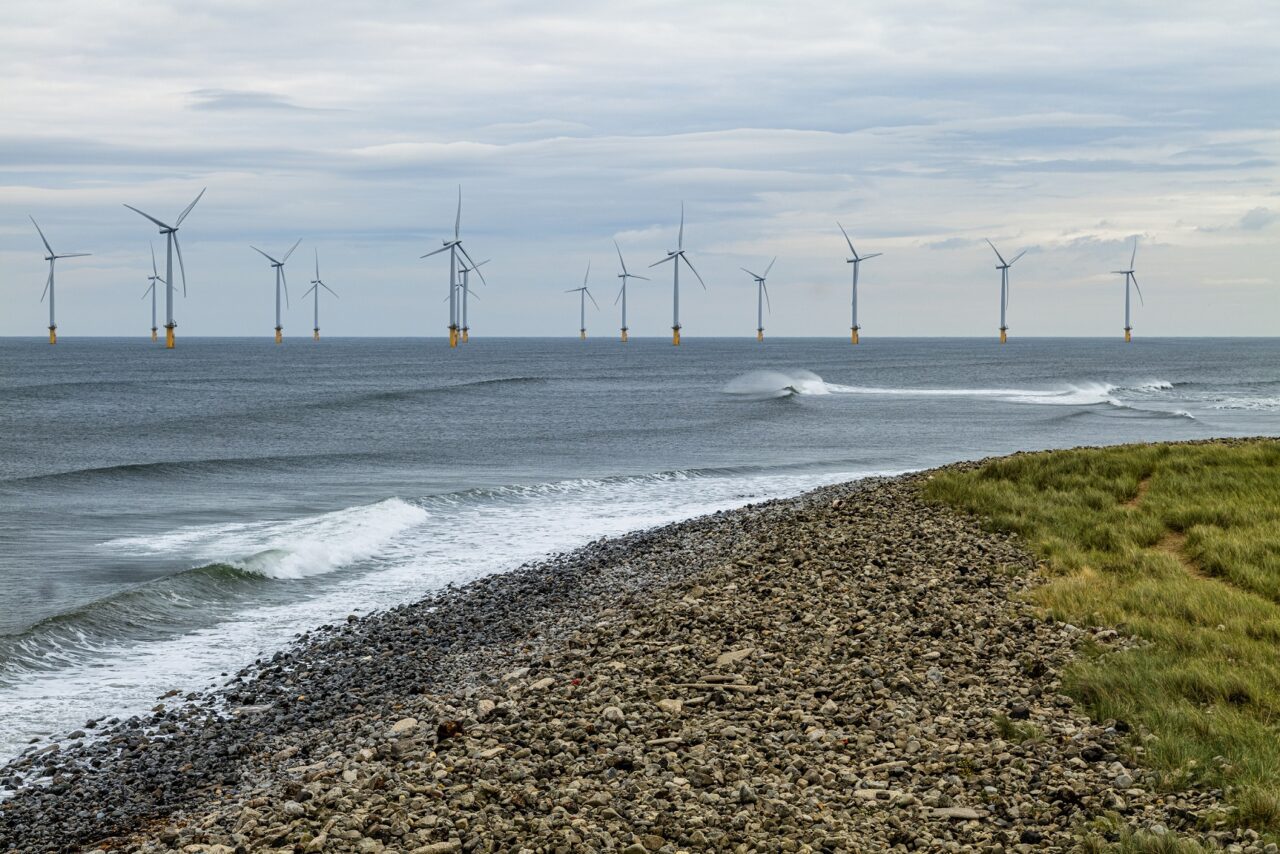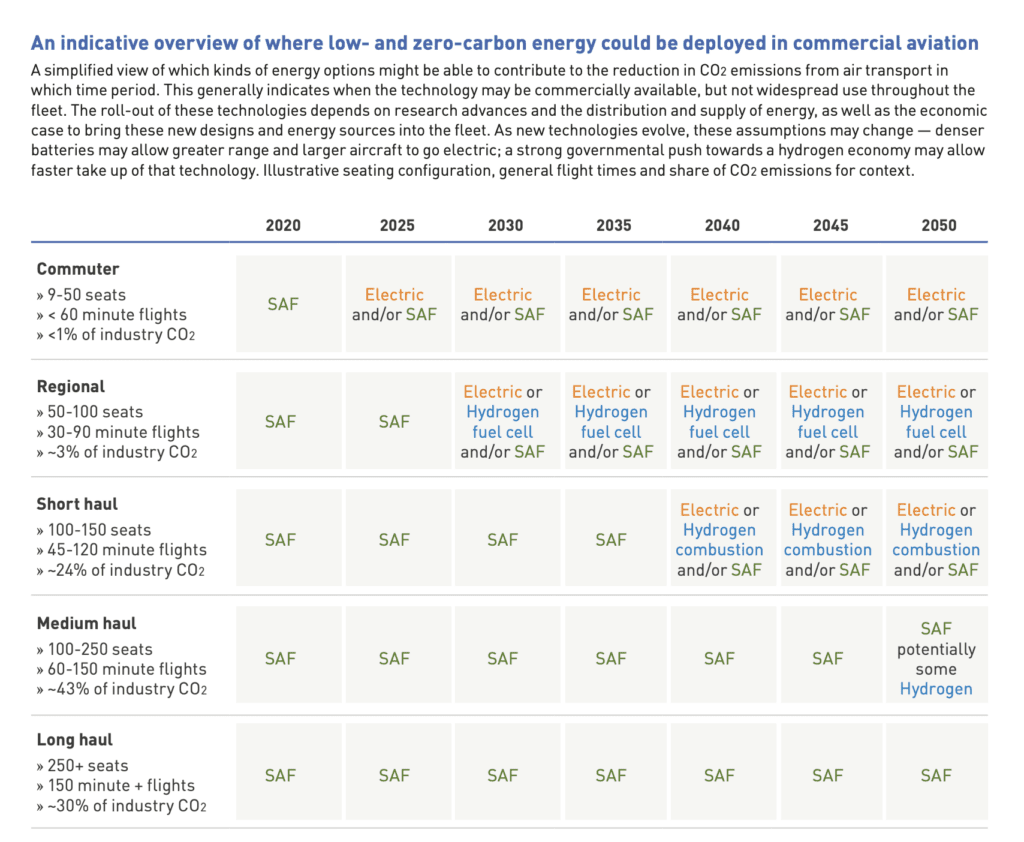Vertical Aerospace Merges with Broadstone Acquisition Corp., Lists Shares on NYSE as EVTL


Vertical Aerospace has merged with Broadstone Acquisition Corp. and listed shares on the NYSE as EVTL. Vertical also unveiled the design for their VX4 eVTOL last week.
The global aerospace and technology company Vertical Aerospace Group shared news of their merger with Broadstone Acquisition Corp., and Vertical’s ordinary shares begin trading this week (as EVTL) on the New York Stock Exchange (NYSE). Prior investors include American Airlines, Honeywell, Rolls-Royce, Avolon, Microsoft’s M12, Rocket, 40North, and Kouros. Pre-orders for Vertical’s aircraft total $5.4 billion, including American Airlines and Virgin Atlantic, among several others.
As CEO and Founder Stephen Fitzpatrick states, zero-emissions aviation is Vertical’s main priority. “We have global leaders in aviation as partners and a world-class team that can make zero emissions flight a reality for millions of people around the world. It is fantastic to reach this milestone and I am so proud of what the team has achieved.”
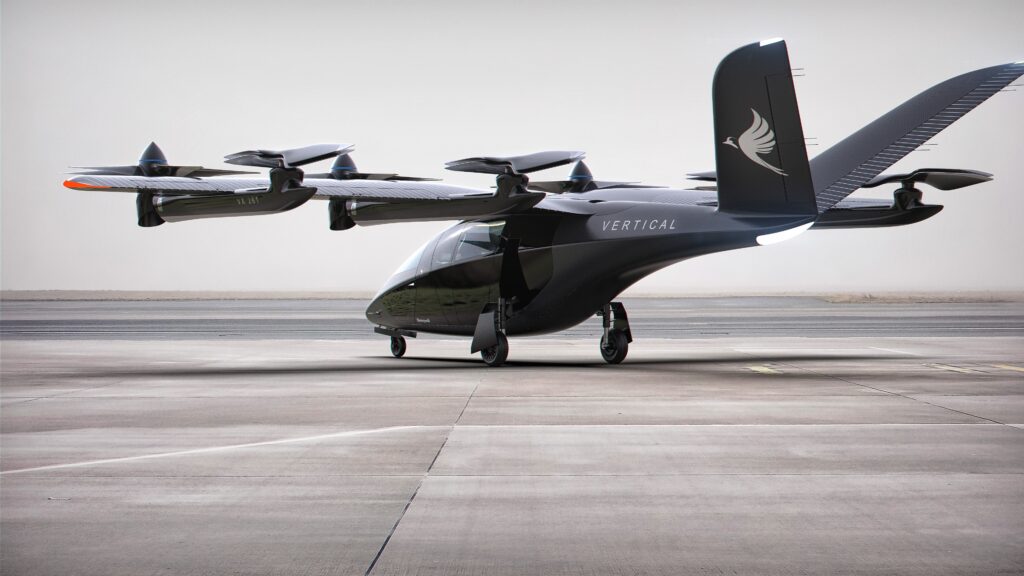
The VX4 is projected to have a top speed of 200 mph.
Avolon, an international aircraft leasing enterprise and one of Vertical’s PIPE investors, announced an order for 500 of Vertical’s electric vertical take-off and landing (eVTOL) aircraft in June 2021. Their eVTOL began as the VA-X1, which was granted flight permission by the U.K.’s Civil Aviation Authority (CAA) in 2018. The second aircraft, the VA-X2, debuted with its first flight in 2019, and the VA-X4 was unveiled in 2020—but was recently rebranded as VX4.
Vertical revealed the full-scale design of the VX4 in a video last week. Commenting on the milestone achievement this week, Dómhnal Slattery, Chief Executive of Avolon, said, “[Vertical has] the right aircraft, deep industry experience, and the financing in place to achieve the highest global safety certification and scale production to meet demand.”

Rolls-Royce’s electrical power system will be integrated into Vertical’s eVTOL.
Projected features of the VX4 include a top speed of 200 mph, noise levels that are 100 times quieter than a helicopter, and a four-passenger capacity at costs similar to a taxi ride. Honeywell will supply its flight deck technologies including its Compact Fly-by-Wire System and advanced avionics featuring Simplified Vehicle Operations technology. Rolls-Royce’s electrical power system, including 100-kW-class lift and push electrical propulsion units, will be integrated into Vertical’s eVTOL, representing Rolls-Royce Electrical’s first entry into the UAM market with a commercial deal.
Warren East, Chief Executive of Rolls-Royce, congratulated Vertical on the merger and remarked, “We have a joint ambition to lead the way in the exciting Urban Air Mobility market and our partnership reinforces our position as the leading supplier of all-electric and hybrid-electric propulsions systems for aviation.”
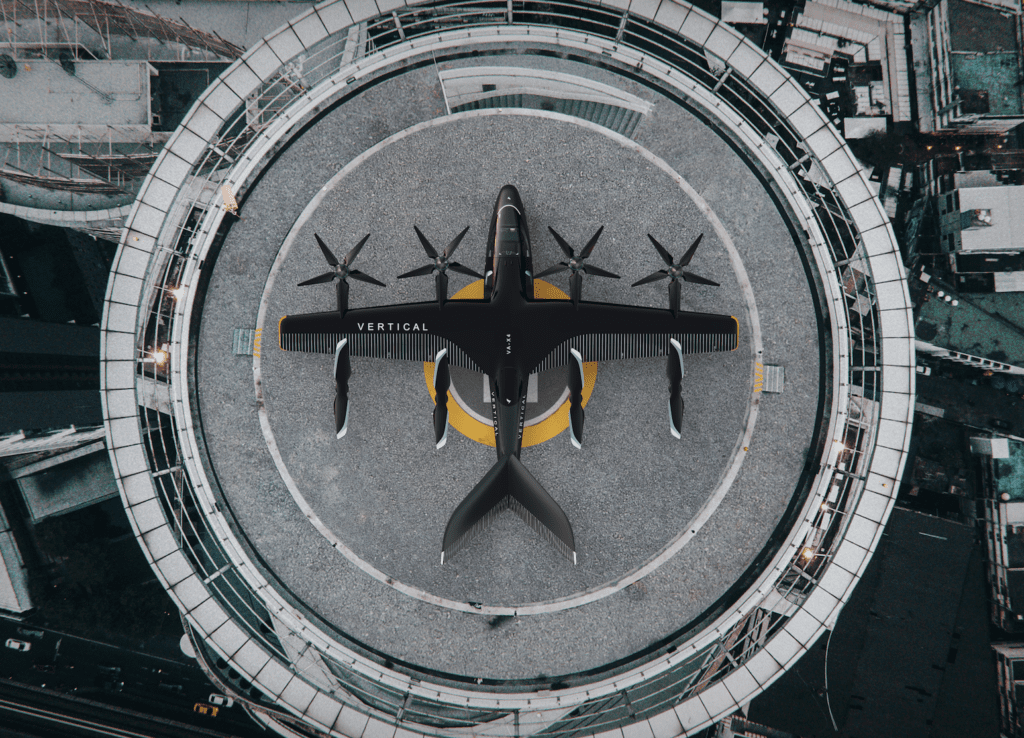
Vertical Aerospace plans to reach full certification through the European Union Aviation Safety Authority (EASA) by 2024 and initiate high-scale production of the VX4 immediately afterward. Achievements planned for 2022 include VX4’s first test flight, Design Organization Approval (DOA), and finalizing the design phase. Then, according to Vertical’s website, they aim to achieve Production Organization Approval (POA) in 2023 before pursuing Type Certification in 2024.
The post Vertical Aerospace Merges with Broadstone Acquisition Corp., Lists Shares on NYSE as EVTL appeared first on Aviation Today.
—————
Boost Internet Speed–
Free Business Hosting–
Free Email Account–
Dropcatch–
Free Secure Email–
Secure Email–
Cheap VOIP Calls–
Free Hosting–
Boost Inflight Wifi–
Premium Domains–
Free Domains








